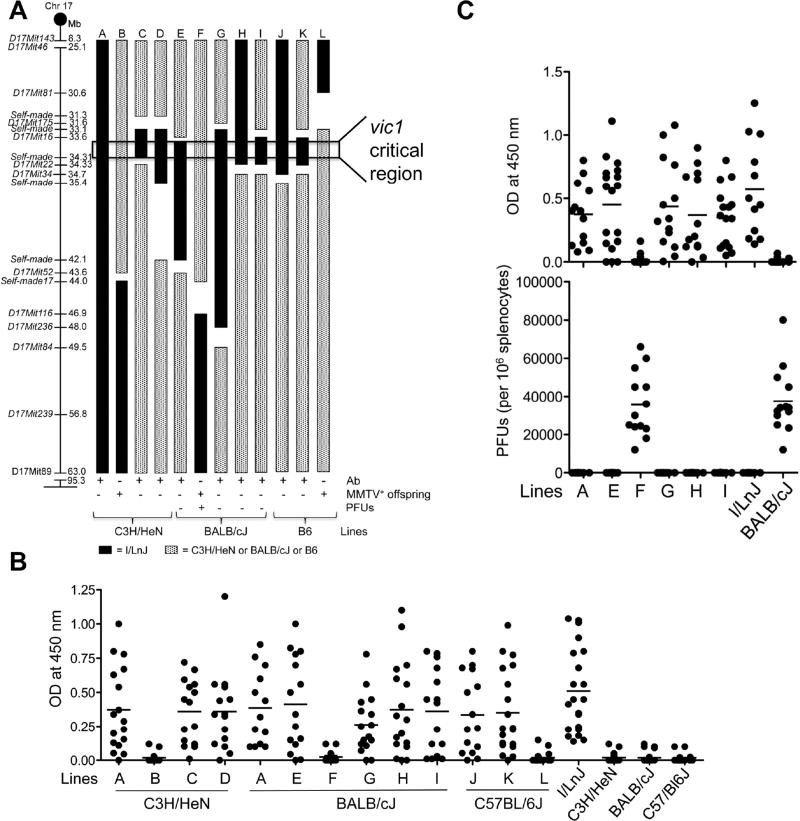Figure 1. Mapping the retroviral resistance gene.
(A) Reduction the vic1 critical region to ~0.71 Mb via a congenic approach. Diagram of Chromosome 17, with microsatellite markers and their positions (in Mbs). A-L; schematic maps of congenic mouse strains used to fine-map the vic1 region. Solid bars represent the resistant (I/LnJ) chromosome and patterned bars represent chromosomal segments from susceptible mouse strains (C3H/HeN, BALB/cJ or B6). Gaps indicate regions of undefined genotypes. Line A, which contains the originally mapped vic1 region, was transferred to the C3H/HeN background (this Figure), the BALB/cJ background (Figures 1B and 1C) and to the B6 background (Kane et al., 2011). C3H/HeN-, BALB/cJ- and B6- based strains were infected with MMTV, while BALB/cJ-based strains were also infected with MuLV. Relevant anti-viral response phenotypes (anti-MMTV and anti-MuLV IgG2a/2c–specific Abs and MuLV plaque forming units, PFUs, three months post infection of 6–8 week old mice) are shown below. MMTV-neutralizing capacity of Abs was tested in the offspring produced by injected females (2–3 litters from each line). Females from lines A, C-E, G-K produced uninfected offspring, whereas mice from lines B, F and L transmitted infectious virus (MMTV+ offspring).
(B) Anti-MMTV response in mice from congenic lines. Mice shown in Figure 1A were infected with MMTV at 6–8 weeks of age and screened for anti-virus IgG2a/2c–specific Abs by ELISA three months later. Backgrounds obtained from incubation with secondary Abs alone were subtracted. Data are presented as mean of >15 mice per line and were combined from >15 independent experiments.
(C) Anti-virus Abs and PFUs in MuLV-infected mice from BALB/cJvic1i/i congenic lines. Mice were injected with MuLV at 6–8 weeks and were screened for anti-virus Abs as well as PFUs three months later. Means are combined from 8 independent experiments with >13 mice per mouse line used.

